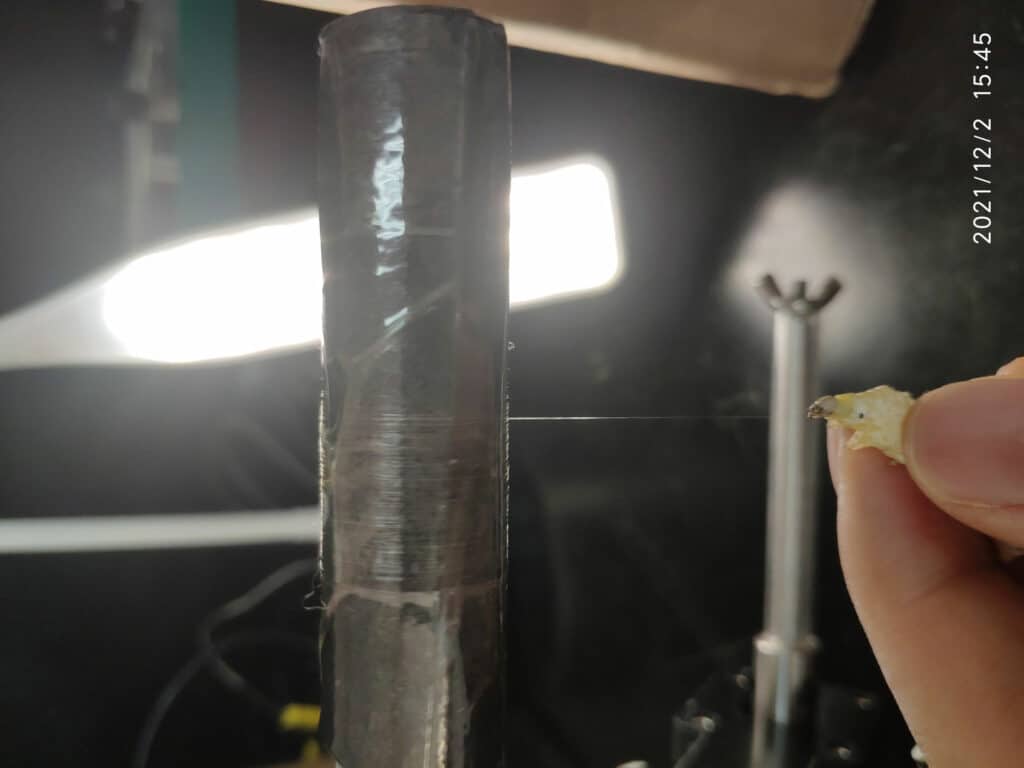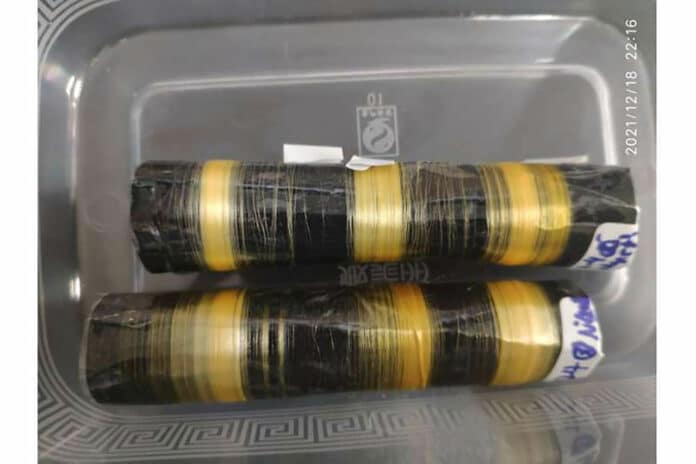High demand exists for lightweight materials with exceptional strength and toughness. Spider silk, a sustainable material, satisfies these criteria. Still, commercialization is difficult because of the spinning mechanism’s scientific understanding, the process’s technological complexity, and the engineering barriers to low-cost mass manufacturing.
The surface layer of lipids and glycoproteins used on their webs as an anti-aging “skin layer” has been challenging to apply to artificial spider silk using previously described procedures.
Genetically modified silkworms offer a solution to this problem. Scientists in China have synthesized spider silk from genetically modified silkworms, producing fibers six times tougher than the Kevlar used in bulletproof vests. This is the first study to produce full-length spider silk proteins using silkworms succesfully.
Junpeng Mi, a Ph.D. candidate at the College of Biological Science and Medical Engineering at Donghua University and the study’s first author, said, “Silkworm silk is presently the only animal silk fiber commercialized on a large scale, with well-established rearing techniques. Consequently, employing genetically modified silkworms to produce spider silk fiber enables low-cost, large-scale commercialization.”
In this study, scientists also invented a technique to manufacture an environmentally friendly alternative to synthetic commercial fibers such as nylon.
To spin spider silk from silkworms, scientists exposed spider silk protein genes into the DNA of silkworms so that it would be expressed in their glands using a combination of CRISPR-Cas9 gene editing technology and hundreds of thousands of microinjections into fertilized silkworm eggs.
Mi said, “The microinjections posed “one of the most significant challenges” in the study, but when I saw the silkworms’ eyes glowing red under the fluorescence microscope—a sign that the gene editing had been successful, I was overjoyed.”

“I danced and ran to Professor Meng Qing’s office to share this result. I remember that night vividly, as the excitement kept me awake.”
For the transgenic spider silk proteins to correctly connect with proteins in the silkworm glands and ensure that the fiber would be spun properly, scientists also had to carry out “localization” modifications on them. The group created a “minimal basic structure model” of silkworm silk to guide the changes.
Mi said, “This concept of ‘localization,’ introduced in this thesis, along with the proposed minimal structural model, represents a significant departure from previous research. We are confident that large-scale commercialization is on the horizon.”
Journal Reference:
- Junpeng Mi, Yizhong Zhou, et al. High-strength and ultra-tough whole spider silk fibers spun from transgenic silkworms. Matter. DOI: 10.1016/j.matt.2023.08.013
